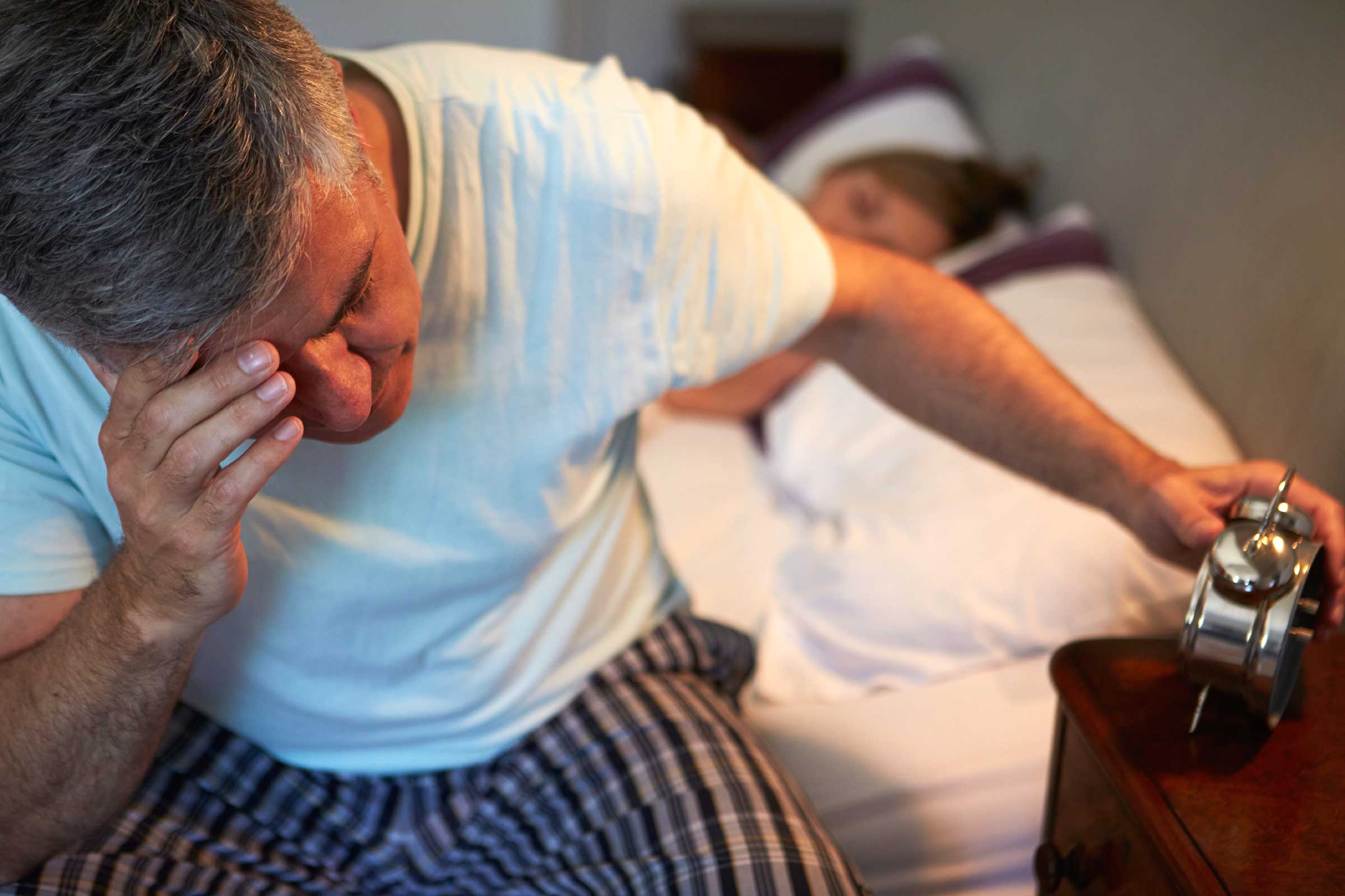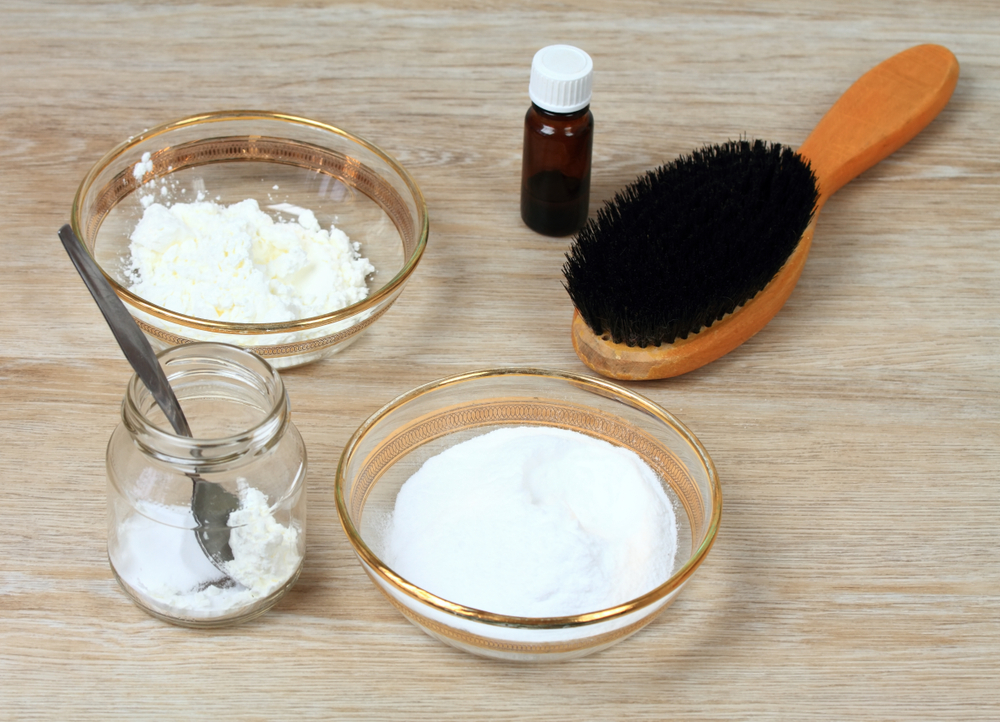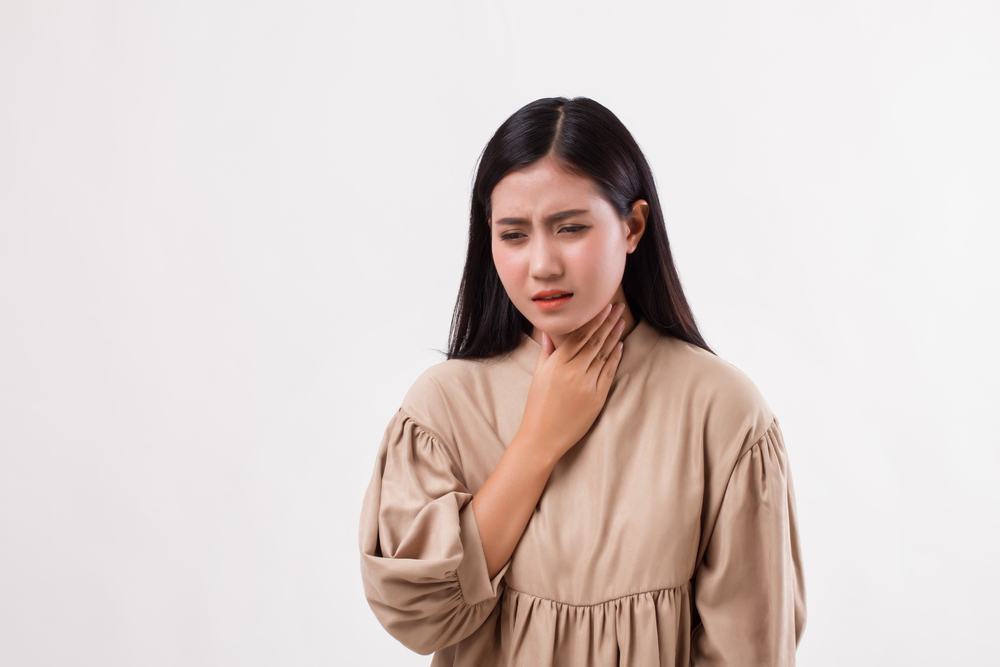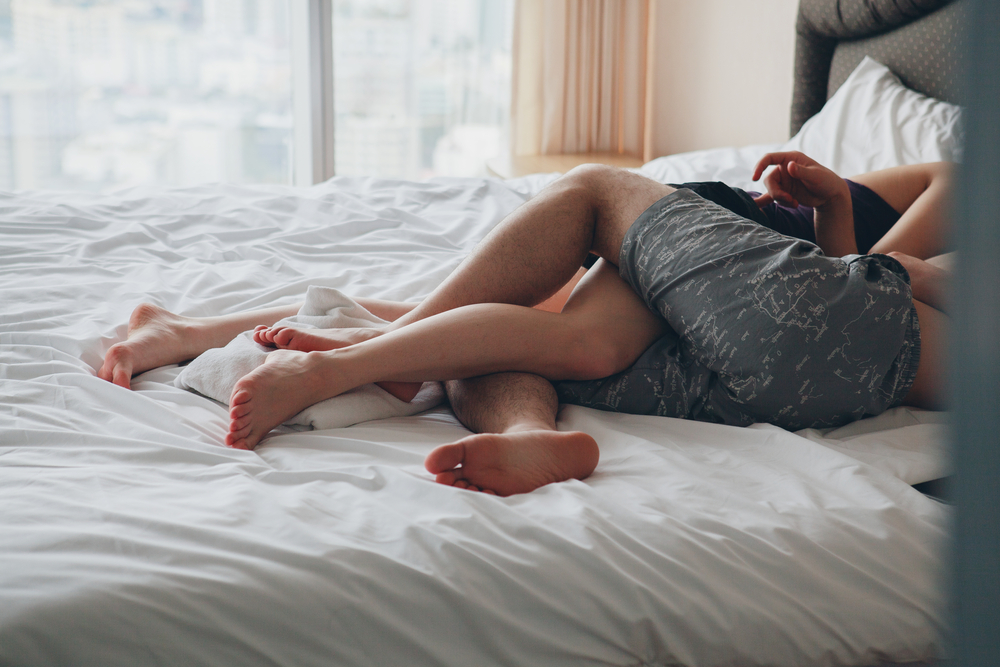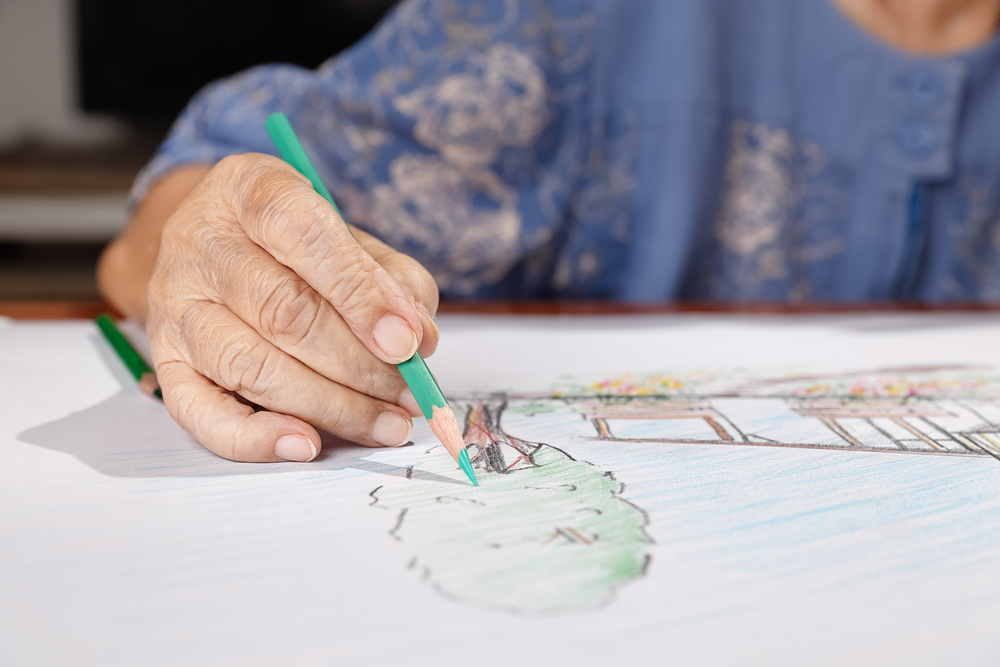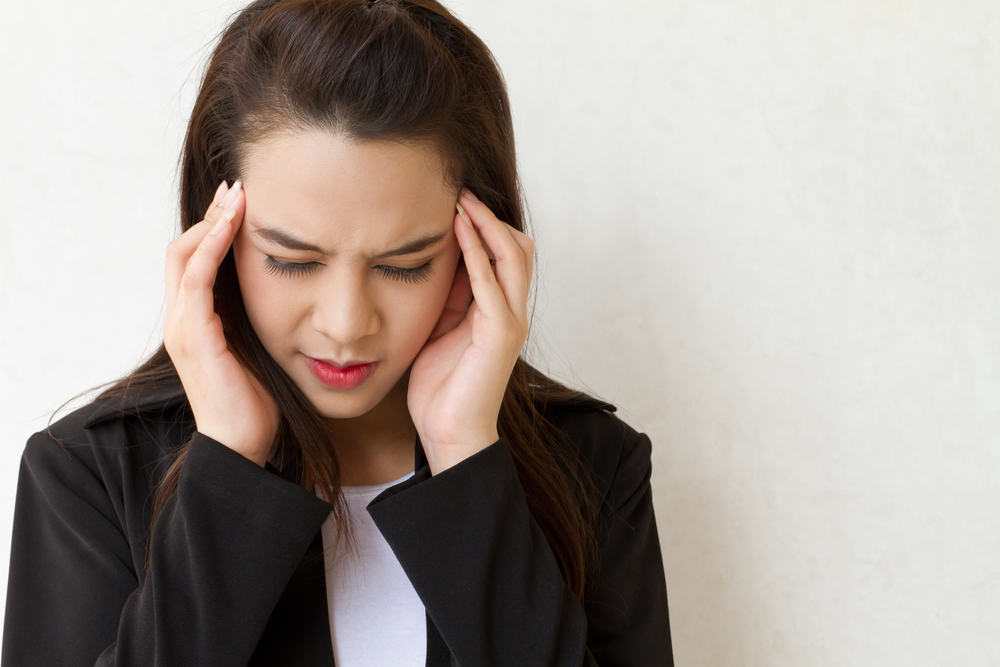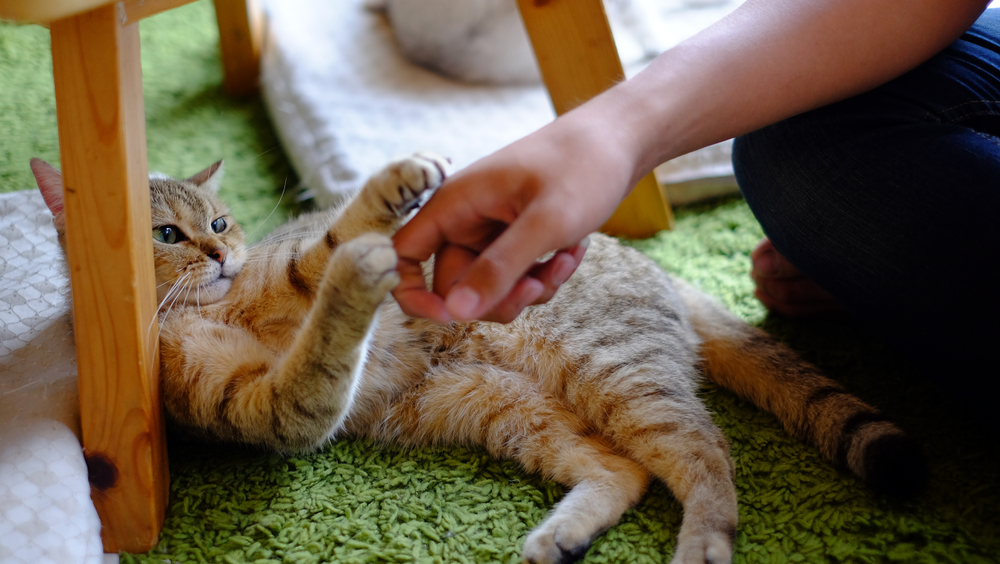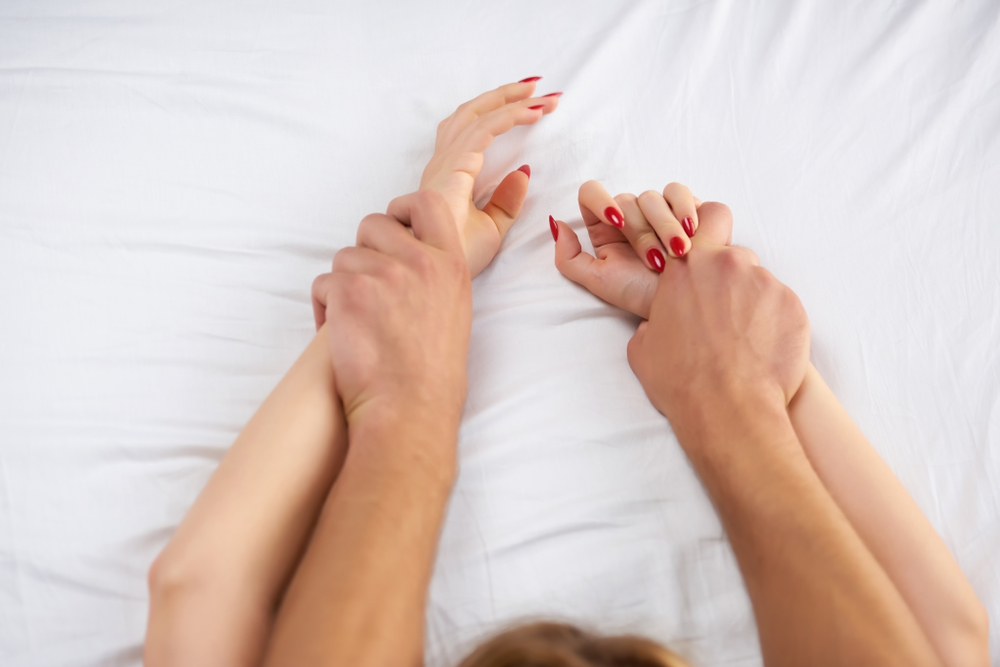Contents:
- Medical Video: Science Explains How Much Sleep You Need Depending on Your Age
- Five types of elderly sleep disorders and how to overcome them
- 1. Insomnia
- 2. Sleep apnea or obstructive sleep apnea
- 3. Restless legs syndrome (RLS) and Periodic limb movement disorder (PLMD)
- 4. Disorders of circadian rhythms
- 5. Rapid eye movement (REM) behavior disorder
Medical Video: Science Explains How Much Sleep You Need Depending on Your Age
About 50 percent of elderly people complain of difficulty sleeping. This is considered normal as we get older so the ability to sleep well also decreases. However, there are several other factors that cause the elderly to have difficulty sleeping, namely the presence of disease and the influence of the use of certain drugs. What are the elderly sleep disorders? Consider the following review.
Reporting from Psychiatric Times, elderly people who complain of difficulty sleeping usually spend longer to fall asleep, move the body more when sleeping, then often wake up at night, and finally wake up early. This certainly makes their sleep time not fulfilled because the elderly's sleep needs remain the same as adults. The problem of elderly sleep deprivation is estimated to double the risk of death.
Five types of elderly sleep disorders and how to overcome them
1. Insomnia
This disease causes sufferers to have difficulty sleeping, can even be awake until morning. Insomnia is often associated with depression. In a study of 9,000 adults over the age of 65, 45 percent had insomnia. Apart from depression, insomnia can also be associated with other diseases, such as congestive heart failure, diabetes mellitus, chronic obstructive pulmonary disease, and other diseases.
To treat insomnia, not only by taking drugs according to the advice and recommendations of the doctor, but also must take cognitive behavioral therapy. Drug use must also be monitored and used in the short term. Because drugs must have risks especially when consumed by the elderly.
2. Sleep apnea or obstructive sleep apnea
This serious respiratory disorder occurs during sleep, ie the airways become blocked due to the loosening and narrowing of the throat wall. In one study, elderly people at risk for sleep apnea were 33% to 70% in the elderly who had dementia and 5.6% to 45% for those who did not have dementia. The most common symptom is excessive snoring and drowsiness during the day.
Reporting from NCBI, sleep apnea can be reduced by avoiding behaviors or habits that are the cause, such as alcohol consumption, smoking, and the use of sedatives or sleeping pills. If there is no change, the patient will be given a device that helps air enter during breathing, such as CPAP (Continuous Positive Airway Pressure).
3. Restless legs syndrome (RLS) and Periodic limb movement disorder (PLMD)
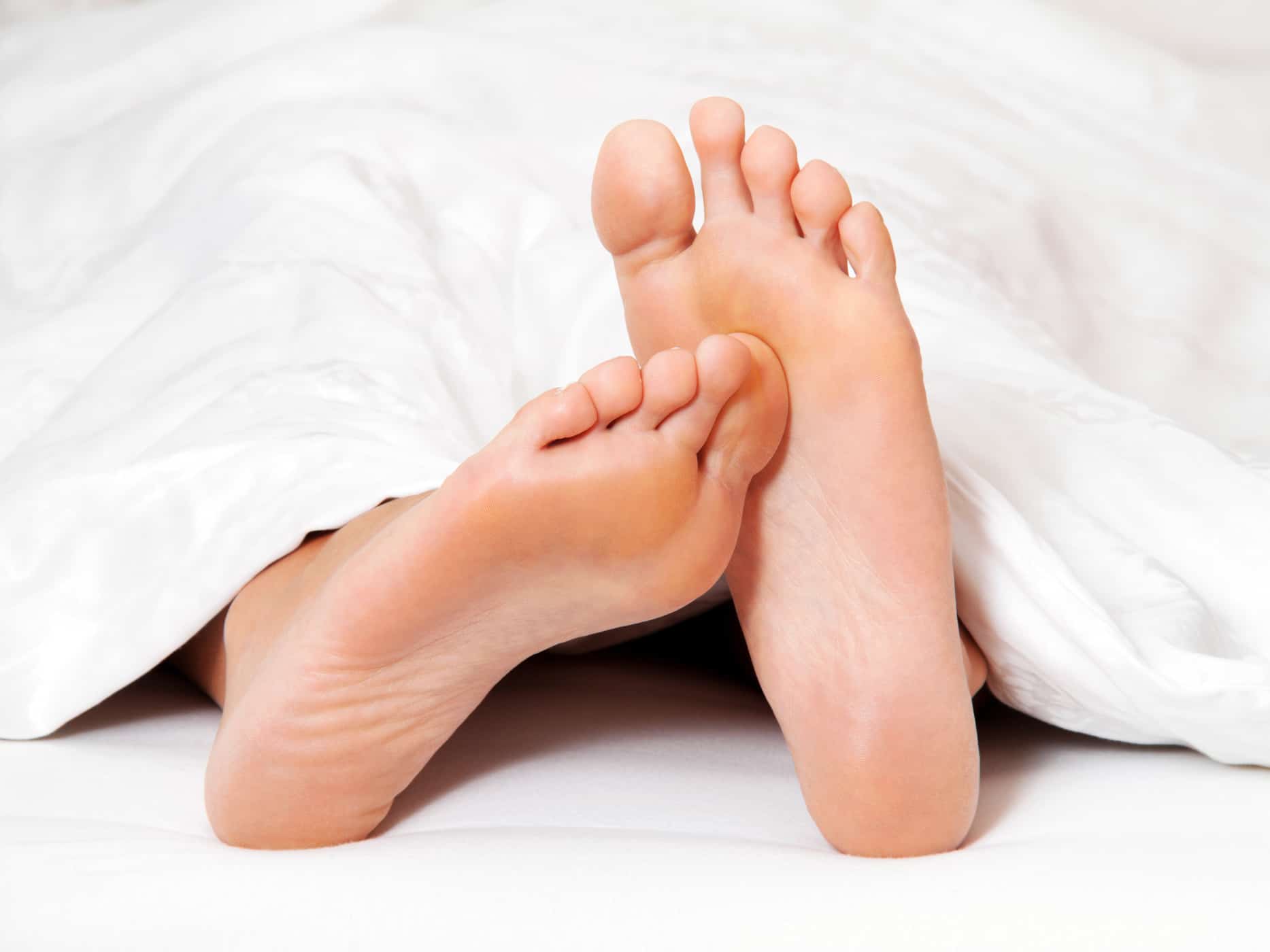
An uncomfortable sensation, such as a feeling of heat and pain in the foot so pushing to move your legs at night or while sleeping is a symptom that appears in restless legs syndrome. While PLMD is a sleep disorder that is almost similar to RLS, but only strokes the legs. Usually RLS sufferers also potentially have PLMD.
Complaints that appear like this are often misinterpreted as insomnia. The movement of the foot on this PMLD can occur every 20 to 40 seconds and keeps repeating. This ongoing disorder can disrupt sleep and eventually cause the sufferer to wake up.
Treatment that can be done for RLS and PLMD is to treat and consume dopamine agonists, specifically ropinirole and pramipexol to reduce the amount of foot jerks or other movements and passion to do so.
4. Disorders of circadian rhythms
Circadian rhythms are another term for biological clocks in the body that regulate brain wave activity, hormone production, cell regeneration, and biological activities, including the sleep and wake cycles of humans. As we age, the circadian rhythm also weakens.
As a result, this disorder can increase the frequency of waking at night and the appearance of extreme drowsiness during the day. To treat this disorder, light therapy is usually done to correct the circadian rhythm in the elderly.
5. Rapid eye movement (REM) behavior disorder
REM behavior disorder is an elderly sleep disorder that shows reflex motor activity during sleep, such as hitting, kicking, screaming, even jumping out of bed in response to their dreams. Even in some cases, this sleep disorder can injure the patient and those around him while sleeping.
In one study, 50 percent of those diagnosed with REM behavior disorder could increase the risk of Parkinson's disease or Multiple System Atrophy within 3-4 years. In addition, this disorder is indeed more common in elderly men.
Treatment that can be done is to do therapy and consume several drugs such as clonazepam and benzodiazepines. These drugs can reduce or reduce movement during sleep.

